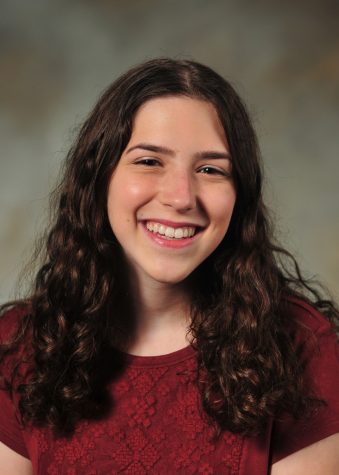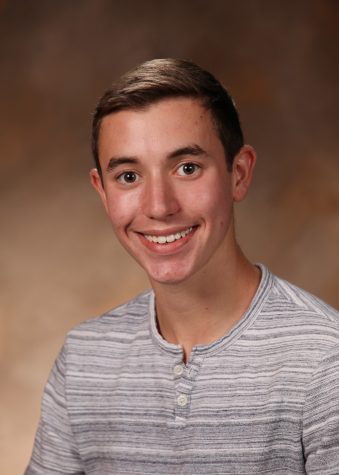When temperatures start rising, faculty begin…
Shaping the syllabus
August 30, 2016
With new schedule changes on their way for the middle and high school, teachers and administrators have been hard at work over the summer to prepare for the new school year.
While teachers are only employed for the 10-month school year, many are still busy during the summer preparing for fall classes. Administrators are employed year-round, with a total of four weeks of vacation to use anytime during the school year or summer.
Dean of Students Roslyn Landy spends the majority of her summer working at school. Landy is busy during the summer adjusting the schedule, from planning events throughout the year to dealing with any new policy changes for the year.
“Some administrators take most of their vacation time in the summer,” Landy said. “I have never been able to do that because there has always been too much to do during the summer break.”
Unlike administrators, teachers are not obligated to come to school during most of the summer. Teachers stay in school for a week after students leave to finish putting in grades from the previous school year, and arrive a week before school starts to prepare for the upcoming year.
History teacher Michael Connell spends the week after the school year ends grading finals and reviewing student evaluations. Even though Connell prepares for the school year during the summer, he still finds it “hectic” during the week in August before school officially starts.
“We usually have a lot of things to do,” Connell said. “You have to finalize your lesson plans, schedule, set up your classroom and we have a lot of faculty meetings.”
Teachers have been adjusting their lessons to fit the new class lengths for the school year. In the new high school schedule, instead of having a rotating block schedule with classes for the same amount of time, high school students will have three shorter classes every day and three longer classes every other day.
In addition to freshman and sophomore history, which are longer classes, Connell is teaching a senior history elective, War and Civilization, which is one of the shorter classes. He said that he will have to teach more material than in the past per class for the longer classes in order to complete the required curriculum. For the shorter classes, he will have to teach less material per class than he is used to, but he will still be able to teach all the course information because the short classes occur more often.
“It will be an adjustment, but I think overall it will be a pretty positive change,” Connell said.
Because of the addition of the sixth grade to the Upper School, the middle school will also be changing its schedule. The new schedule stays consistent throughout the week, with uniform class lengths, in addition to time blocks for experiential learning throughout the week and on Fridays. Experiential learning is a time for middle-schoolers to learn topics that do not fit into the standard academic curriculum.
Middle School Assistant Principal Janet Ozur Bass has been in school over the summer working on the logistics of the new schedule.
“One of the things [Middle School Principal Rebecca] Weisman and I are trying to do during that week-and-a-half that we have for our new middle school faculty orientation is to get [the teachers] up to speed,” Ozur Bass said. “By the time the students come in, each teacher will feel like ‘I know exactly what’s going on and I can help you through this.’”
In addition to spending time preparing for the new schedule changes and making sure they run smoothly, Landy planned events during the summer for the upcoming school year.
“Everything needs to be planned for the year during the summer — scheduling, rooms duties, calendar, programming — so that the year can begin,” Landy said. “When the school year begins, there are students to be seen, problems to be solved and crises to handle. It is important to be well prepared when the year begins.”








